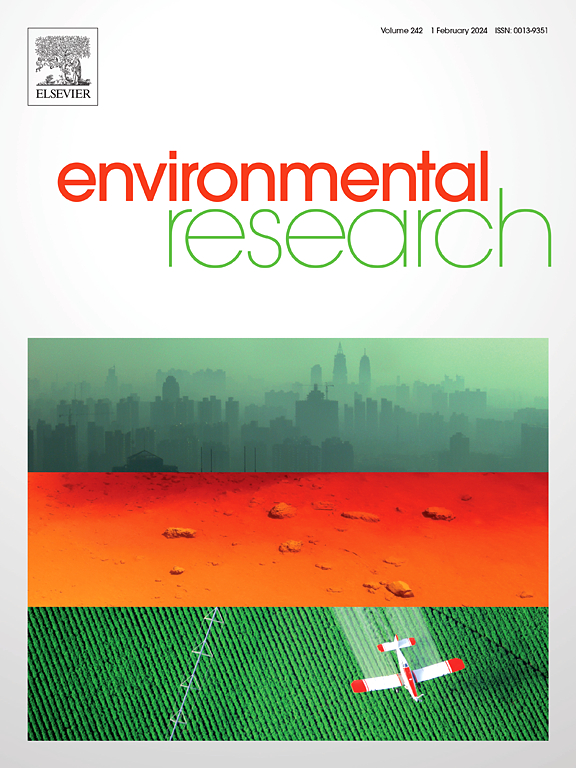应用实时逆转录聚合酶链反应快速检测饮用水中的大肠杆菌:一项欧盟代表性研究
IF 7.7
2区 环境科学与生态学
Q1 ENVIRONMENTAL SCIENCES
引用次数: 0
摘要
欧盟供人类饮用的水的微生物质量受饮用水指令2020/2184 (DWD)的监管,该指令为肠道球菌和大肠杆菌(大肠杆菌)设定了严格的参数值,每100毫升允许不超过零个菌落形成单位。大肠杆菌的检测和枚举通常依赖于基于培养的参考方法或最可能数法。它们需要1-2天才能产生结果,这可能会延迟污染事件发生时的及时行动。相比之下,分子技术可以在数小时内产生结果。DWD允许使用替代方法,如果它们与参考方法一样可靠,并且开发和验证这些方法需要符合ISO标准16140-2的多个实验室试验。在此之后,我们进行了一项具有代表性的欧盟研究,验证了基于实时逆转录聚合酶链反应的分子方法用于饮用水中大肠杆菌的快速检测。10个会员国的19个实验室参与了这一首次饮用水领域的协调行动。为了确保一致性,饮用水被人为地污染了大肠杆菌。替代方法的灵敏度略低于参考方法(91.1%对97.2%),但结果更快,使其成为一种有价值的筛选工具。它可以在污染事件中支持快速决策,减少水传播疫情的风险并保护公众健康。为了获得可靠的日常表现,强烈建议采用这种替代方法进行适当的训练。本文章由计算机程序翻译,如有差异,请以英文原文为准。

Application of a real-time reverse transcription polymerase chain reaction for rapid detection of Escherichia coli in drinking water: an EU representative study
The microbiological quality of water intended for human consumption in the EU is regulated by the recast Drinking Water Directive 2020/2184 (DWD), which sets strict parametric values for intestinal enterococci and Escherichia coli (E. coli), allowing no more than zero colony-forming units per 100 mL. Detection and enumeration of E. coli typically rely on culture-based reference methods or the most probable number approach, which require 1–2 days to produce results—potentially delaying timely action during contamination events. In contrast, molecular techniques can deliver results within hours. The DWD permits the use of alternative methods if they are as reliable as the reference method and developing and validating such methods requires multiple laboratory trials in line with ISO standard 16140-2. Following this, we conducted a representative EU study to validate a molecular method based on real-time reverse transcription polymerase chain reaction for rapid E. coli detection in drinking water. In a concerted action, the first of its kind for drinking water, nineteen laboratories across ten Member States participated. To ensure consistency, drinking water was artificially contaminated with E. coli. The alternative method showed slightly lower sensitivity than the reference method (91.1 % vs. 97.2 %) but delivered much faster results, making it a valuable screening tool. It can support rapid decision-making during contamination events, reducing the risk of waterborne outbreaks and protecting public health. For reliable routine performance, appropriate training in this alternative method is strongly recommended.
求助全文
通过发布文献求助,成功后即可免费获取论文全文。
去求助
来源期刊

Environmental Research
环境科学-公共卫生、环境卫生与职业卫生
CiteScore
12.60
自引率
8.40%
发文量
2480
审稿时长
4.7 months
期刊介绍:
The Environmental Research journal presents a broad range of interdisciplinary research, focused on addressing worldwide environmental concerns and featuring innovative findings. Our publication strives to explore relevant anthropogenic issues across various environmental sectors, showcasing practical applications in real-life settings.
 求助内容:
求助内容: 应助结果提醒方式:
应助结果提醒方式:


